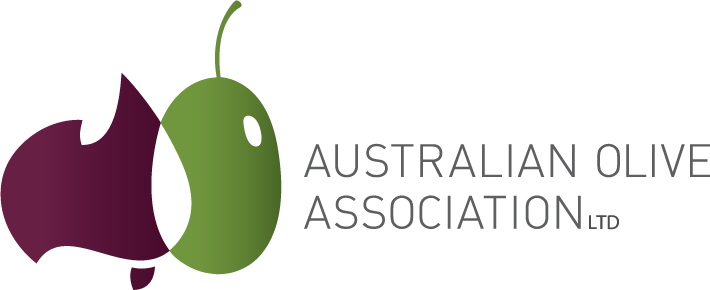Push for domestic olive production growth continues, as exporters eye Australian market

By Laura Thomas
An unprecedented opportunity for growth awaits the Australian olive industry, as consumer appetite for quality olive products swells while production fails to keep pace.
Australia produced 14.5 million litres of olive oil and 3,000 tonnes of table olives in 2024, mostly for domestic market consumption.
Supplementing this supply was around 30-40m litres of olive oil and 17,000 tonnes of table olives, mostly from Spanish and Greek exporters.
It’s little wonder international olive producers are increasingly eyeing the Australian market as a lucrative growth opportunity for their products.
The vast majority of Australia’s imported olive oil originates from Spain.
However, a recent report by Greece’s Olivenews publication has highlighted the potential for Greek olive oil to increase its market share down-under.
Citing a market study by the Economic and Commercial Affairs Office of the Greek Consulate in Sydney, it described Australia as “a large consumer of olive oil with rapid growth and very small production”.
And while the industry has enjoyed significant growth in recent years, the Australian Olive Association remains focussed on the growth of domestic olive production capacity and the broader industry.
Its ongoing efforts to represent the industry, advocate, educate, maintain quality standards, innovate and build brand awareness among consumers is playing an important role in achieving this end.
But with the country’s estimated 10m olive trees producing around 85,000 tonnes of fruit in 2024, there is still significant work to be done to lift domestic production and meet the ever-growing demand.
AOA Chief Executive Officer Michael Southan said current industry figures show Australia’s domestic olive supply satisfies around 40-50% of consumer demand.
“There’s a lot of opportunity for growth in Australia and we’re actively working to capitalise on this,” he said.
“But there are significant challenges to overcome.
“Alongside our work to encourage new producers to join the industry, we need to focus on increasing tree productivity and scalability of production and processing.”
Working to achieve better table olive processing efficiencies and production outcomes is Professor John Fielke and his team at the University of South Australia.
Using chemistry and smart engineering technology to streamline the traditionally labour-intensive, time-consuming debittering process, the project aims to achieve a 40-fold increase in Australian table olive production.
This innovative solution replaces traditional lye treatment and/or fermentation methods with a continuous, monitored system that maintains brine quality.
Additionally, continuous brine recycling significantly increases efficiency and reduces waste, while the repurposing of byproducts has the potential to create new income streams for producers.
“We’re not just looking at how to produce table olives; we’re exploring how to scale production efficiently while delivering benefits to both growers and the environment,” Prof Fielke said.
Of the 85,000 tonnes of olives produced in Australia last year, only around 3,000 tonnes were used for table olive production.
“There’s a lot of potential to grow Australia’s relatively small table olive sector, which makes this project even more exciting from a whole-of-industry perspective,” Southan said.
“The AOA is very much looking forward to seeing where it leads and the production boost it unlocks for Australia’s olive industry.”
You can read more about Prof Fielke’s exciting work via the University of South Australia website.
Sources: www.australianolives.com.au , www.unisa.edu.au, https://agora.mfa.gr/, www.olivenews.gr
